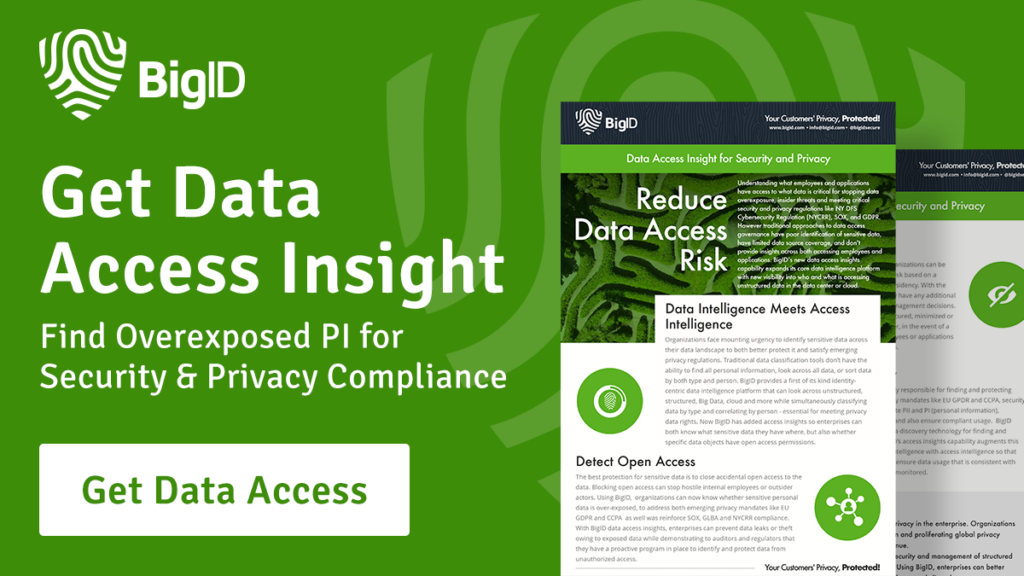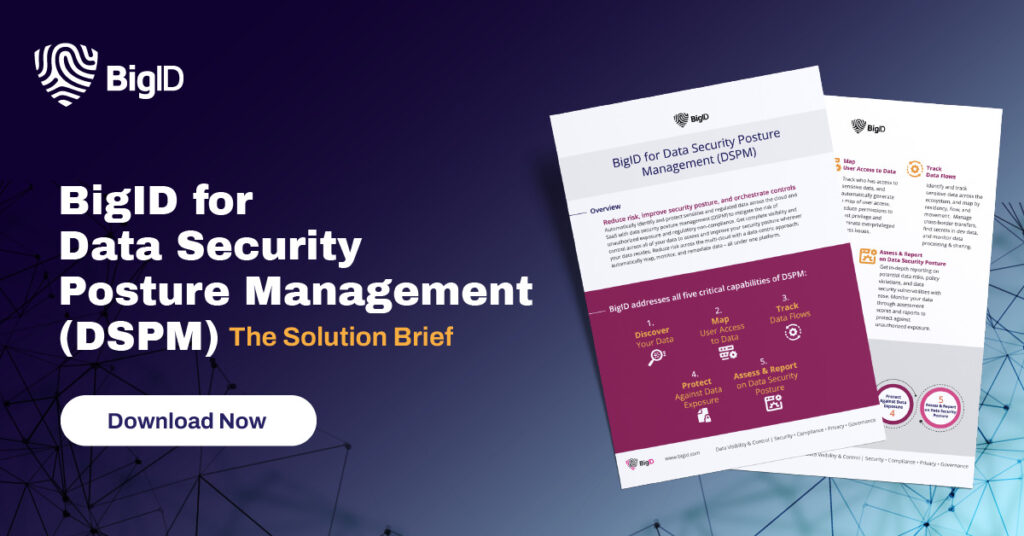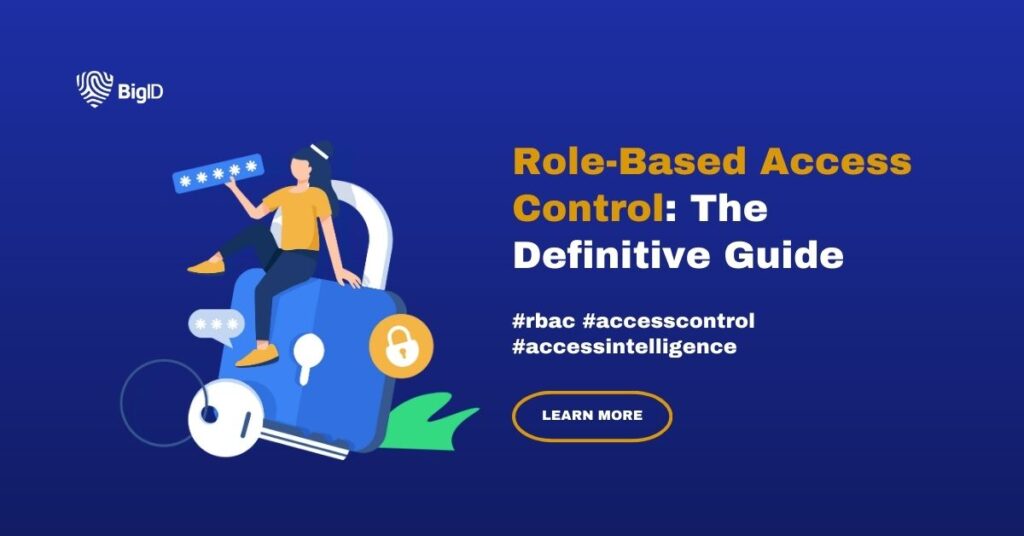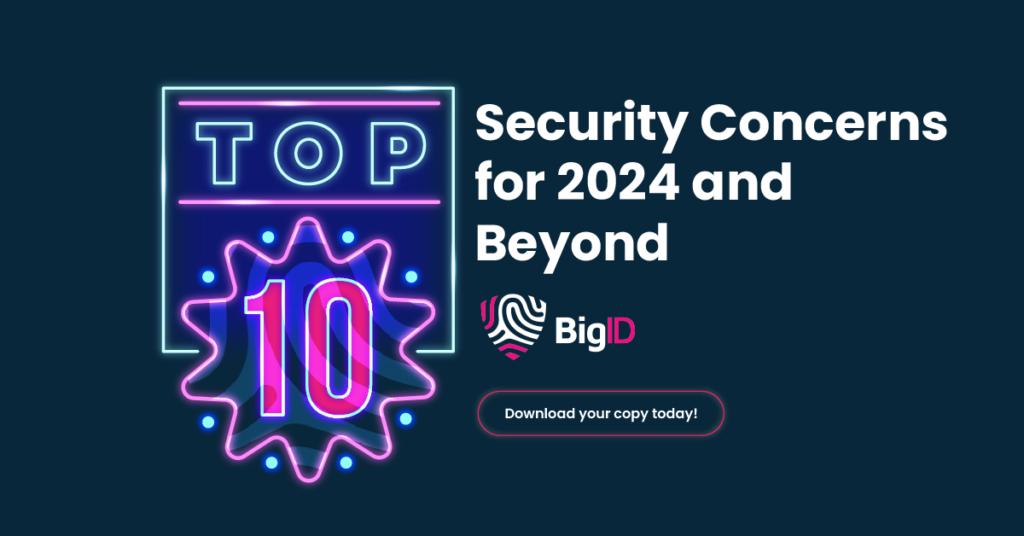Maximizing Data Security with Role-Based Access Control
Imagine a world where each individual, whether an employee, a client, or an administrator, possesses a digital identity like a key. With Role-based Access Control, these digital keys unlock precisely designated doors within a system, granting access only to the resources necessary for one’s specific role. This method not only fortifies cybersecurity but also streamlines workflows, ensuring that each user operates within their prescribed boundaries, fostering efficiency and trust within organizations.
What is Role-Based Access Control?
Role-based Access Control (RBAC) is a method of managing access to computer systems or networks based on the roles of individual users within an organization. Instead of granting permissions directly to users, RBAC assigns permissions to roles, and users are then assigned to specific roles. This approach simplifies access management by allowing administrators to assign and revoke access based on job responsibilities, reducing the complexity of managing individual user permissions.
Why is RBAC Important?
RBAC is important for several reasons. Firstly, it enhances security by ensuring that users only have access to the resources and information necessary for their roles, minimizing the risk of unauthorized access and data breaches. Secondly, RBAC promotes efficiency and productivity by streamlining access management processes. Instead of manually configuring permissions for each user, administrators can define roles and assign users accordingly, saving time and reducing the likelihood of errors.
RBAC in Cloud Environments
RBAC operates similarly for accessing cloud data as it does for accessing data on-premises, but there are some nuances to consider in the cloud environment. In traditional on-premises systems, RBAC typically relies on the organization’s internal directory service, such as Active Directory, to manage user roles and permissions. However, when it comes to cloud services, RBAC often integrates with the identity and access management (IAM) systems provided by the cloud service provider.
Cloud-based RBAC solutions allow organizations to define roles and permissions within the cloud provider’s IAM framework, granting or revoking access to cloud resources based on predefined roles. These roles can be tailored to the specific services and functionalities offered by the cloud platform, providing granular control over who can access what resources.
One significant difference in cloud-based RBAC is the ability to manage access across distributed and dynamic cloud environments. Cloud RBAC systems can scale to accommodate changing user roles and permissions, as well as the dynamic nature of cloud resources.
Additionally, cloud RBAC often includes features such as role delegation, where administrators can assign role management responsibilities to specific users or groups, further enhancing flexibility and scalability.
Benefits of Role-Based Access Control (RBAC)
Role-Based Access Control (RBAC) offers numerous benefits to organizations, enhancing security, efficiency, and compliance. According to a study by IBM, RBAC can reduce security incidents by up to 75% by limiting access to sensitive data and resources only to authorized users. This approach minimizes the risk of unauthorized access, data breaches, and insider threats, safeguarding valuable assets and preserving the organization’s reputation.
Role-based Access Control (RBAC) offers several compelling benefits across different aspects of an organization, encompassing monetary savings, compliance adherence, and overall business efficiency.
Monetary Savings
- RBAC helps in minimizing the costs associated with managing access permissions by streamlining the process. With RBAC, organizations can assign permissions based on roles rather than individual users, reducing the administrative burden of constantly managing and updating access rights.
- By implementing RBAC, organizations can also mitigate the risks associated with unauthorized access, thereby averting potential financial losses stemming from data breaches or misuse of sensitive information.
Compliance Adherence
- RBAC plays a pivotal role in ensuring regulatory compliance by enforcing access controls according to predefined roles and responsibilities. This structured approach aids in meeting various compliance requirements such as GDPR, HIPAA, PCI-DSS, and others, which mandate stringent data protection measures.
- Auditors often look favorably upon organizations that employ RBAC frameworks as it demonstrates a proactive approach to managing access privileges and safeguarding sensitive data, thereby reducing the likelihood of non-compliance penalties.
Business Efficiency
- RBAC enhances operational efficiency by providing a systematic method for managing access permissions across the organization. By assigning roles based on job functions, RBAC ensures that employees have the necessary access to perform their duties without unnecessary privileges that could lead to security vulnerabilities.
- The structured nature of RBAC facilitates easier onboarding and offboarding processes. When employees join or leave the organization, their access privileges can be swiftly adjusted by simply assigning or revoking the relevant roles, thereby reducing administrative overhead and ensuring timely access provisioning or deprovisioning.
- RBAC fosters a culture of accountability and transparency by clearly defining access rights based on job roles and responsibilities. This clarity helps in preventing conflicts of interest, minimizing the risk of insider threats, and promoting a more secure working environment.
In summary, RBAC empowers organizations to bolster their security posture, streamline access management, and maintain regulatory compliance, ultimately contributing to a more resilient and efficient operational environment.
Understanding the Components of the RBAC Model
The RBAC model consists of several key components:
- Roles: Roles represent sets of permissions or privileges that are logically grouped together based on job functions or responsibilities within an organization. For example, roles could include “Administrator,” “Manager,” “Employee,” or “Guest.”
- Permissions: Permissions define the actions or operations that users assigned to specific roles are allowed to perform within a system. These actions could include reading, writing, executing, or administering certain resources or functionalities.
- Users: Users are individuals or entities within the organization who are assigned to specific roles based on their job roles, responsibilities, or organizational hierarchy.
- Access Control Lists (ACLs): Access Control Lists are data structures that associate users or roles with the permissions they are allowed to exercise. ACLs define who can access what resources and what actions they can perform on those resources.
- Role Hierarchy: In some RBAC implementations, roles may be organized into a hierarchy, where higher-level roles inherit permissions from lower-level roles. This simplifies access management by reducing the need for redundant permissions assignments.
- Policy Enforcement: RBAC relies on policy enforcement mechanisms to ensure that access control rules are enforced consistently across the system. This may involve implementing access control checks within the system’s code or integrating RBAC with external authentication and authorization mechanisms.

Exploring Role-Based Permissions
Permissions, within the context of RBAC, refer to the rights or actions that users are allowed to perform within a system or network. These permissions are associated with specific roles and determine what resources users can access and what operations they can perform. The purpose of permissions is to control and restrict access to sensitive information or critical resources, ensuring that users only have the necessary privileges to fulfill their job responsibilities while minimizing the risk of unauthorized actions or data misuse. By carefully defining permissions based on roles, organizations can maintain a balance between security and usability, effectively protecting their assets while enabling users to carry out their tasks efficiently.
RBAC Permission Examples
Let’s consider some examples of permissions within the context of Role-based Access Control (RBAC) and how they might be applied:
- Read-Only Access: Users with this permission can view files or data but cannot make any changes to them. For example, a customer support representative may have read-only access to customer records to address inquiries but cannot modify or delete any information.
- Write Access: This permission allows users to create, modify, or delete data within specified areas. For instance, a content creator in a publishing company might have write access to draft articles but not to finalized publications.
- Execute Access: Users with execute permissions can run programs or scripts. In a development environment, software engineers might have execute access to deploy code changes to a testing server.
- Administrate Access: This permission grants users administrative privileges, allowing them to manage system configurations, user accounts, and other administrative tasks. System administrators typically have administrative access to maintain and monitor IT infrastructure.
- Approve Access: Users with approval permissions can authorize or reject requests for access to resources. For example, a project manager might have approval access to grant permissions for team members to access project-related documents.
- Audit Access: This permission enables users to view logs or audit trails to monitor system activity and track changes. Compliance officers or security analysts may have audit access to review access logs and ensure regulatory compliance.
These examples illustrate how permissions can be defined and applied within an RBAC framework to control access to resources based on users’ roles and responsibilities within an organization.
RBAC Best Practices
In today’s digital age, Role-based Access Control (RBAC) remains a cornerstone of effective access management strategies. To leverage RBAC effectively in this dynamic environment, consider the following best practices:
Continuous Evaluation and Adaptation
Regularly review and update role definitions to align with evolving business needs, organizational changes, and emerging security threats. Embrace a dynamic approach that accommodates the fluid nature of modern workplaces and technology landscapes.
Granular Role Assignment
Strive for granularity in role definitions to ensure precise access provisioning. Avoid overly broad roles that grant unnecessary privileges, and instead, define roles based on specific job functions, tasks, and responsibilities.
Integration with Identity Management Solutions
Integrate RBAC with robust identity management solutions to centralize user provisioning, authentication, and authorization processes. This integration streamlines access management workflows and enhances visibility into user access across various systems and applications.
Role Lifecycle Management
Implement comprehensive role lifecycle management practices that encompass role creation, modification, and retirement. Regularly review and sunset obsolete roles to maintain an efficient and secure access environment while minimizing the risk of access sprawl.
Risk-Based Access Control
Augment RBAC with risk-based access control mechanisms to dynamically adjust access privileges based on contextual factors such as user behavior, device posture, and threat intelligence. This proactive approach helps in mitigating emerging security risks and safeguarding critical assets.
User-Centric Access Policies
Adopt user-centric access policies that prioritize usability without compromising security. Empower users with self-service capabilities for access requests, approvals, and role modifications, fostering a culture of accountability and efficiency.
Role Mining and Analytics
Leverage role mining techniques and advanced analytics to identify role hierarchies, role permission assignments, and access patterns within the organization. Data-driven insights derived from role analytics can inform optimization strategies and enhance the effectiveness of RBAC implementations.
Collaboration and Communication
Foster collaboration between business stakeholders, IT teams, and security professionals to ensure alignment between business objectives and access control policies. Effective communication and education initiatives help in promoting awareness and buy-in for RBAC initiatives across the organization.
By embracing these forward-thinking best practices, organizations can harness the full potential of RBAC to mitigate security risks, enhance operational efficiency, and adapt to the evolving demands of the digital landscape.

Extending RBAC for Business Needs
RBAC can be extended in an organization by adapting it to meet evolving needs and integrating it with other systems or processes. Here’s a simple explanation of how RBAC can be extended:
- Custom Roles: Organizations can create custom roles tailored to specific job functions or departments. For example, in a healthcare organization, roles could be defined for doctors, nurses, and administrative staff, each with access to relevant patient information and administrative tools.
- Dynamic Assignment: RBAC can be extended to support dynamic role assignment based on changing user attributes or conditions. For instance, temporary employees or contractors could be automatically assigned temporary roles with restricted access, which are revoked upon contract completion.
- Integration with HR Systems: RBAC can be integrated with human resources (HR) systems to streamline user provisioning and deprovisioning. When a new employee joins the organization, their role and access privileges can be automatically assigned based on their job title and department. Similarly, when an employee leaves the organization or changes roles, their access can be revoked or modified accordingly.
- Multi-factor Authentication (MFA) Integration: RBAC can be extended to incorporate multi-factor authentication (MFA) for added security. Users with sensitive roles or permissions may be required to authenticate using additional factors such as biometrics or one-time passcodes to access critical systems or data.
- Role-Based Segregation of Duties (RBSoD): RBAC can be enhanced with RBSoD policies to prevent conflicts of interest or fraud. For example, users with financial authorization roles may be prohibited from also having approval privileges to prevent them from authorizing their own transactions.
- Auditing and Compliance: RBAC extensions can include robust auditing and compliance features to track user access and ensure regulatory compliance. Audit logs can be generated to monitor user activity, detect unauthorized access attempts, and demonstrate adherence to industry regulations or internal policies.
Implementing Seamless Access Management with BigID
Today’s organizations need flexible and scalable solutions tailored to their individual business needs. BigID is the industry leading platform for data privacy, security, compliance, and AI data management leveraging deep data discovery for better insight into all your organizations enterprise data. Mitigating high-risk sensitive data access throughout the entire data landscape is critical for the long term success of all businesses.
With BigID you can:
- Discover Your Data: Discover and catalog your sensitive data, including structured, semi-structured, and unstructured – in on-prem environments and across the cloud.
- Know Your Data: Automatically classify, categorize, tag, and label sensitive data with unmatched accuracy, granularity, and scale.
- Improve Data Security Posture: Proactively prioritize and target data risks, expedite SecOps, and automate DSPM.
- Data-Centric Access Control: Identify over-privileged users and groups with access to sensitive data.
To see how BigID can start amplifying your data security initiatives— book a 1:1 demo with our experts today.



